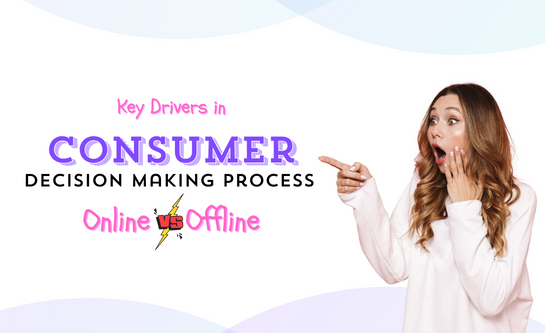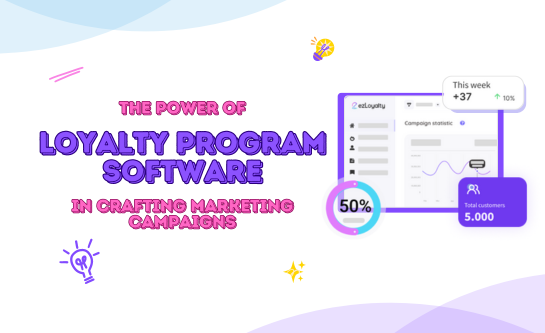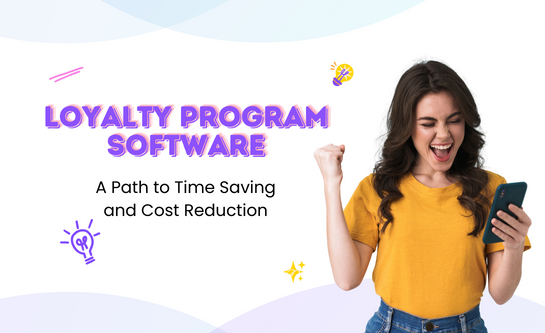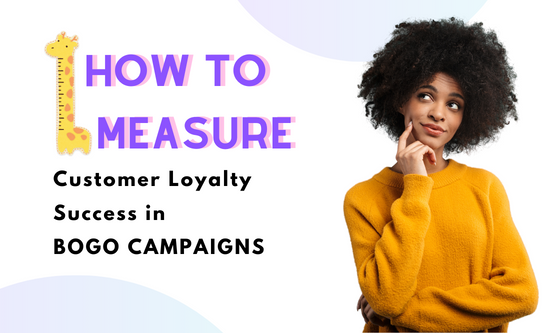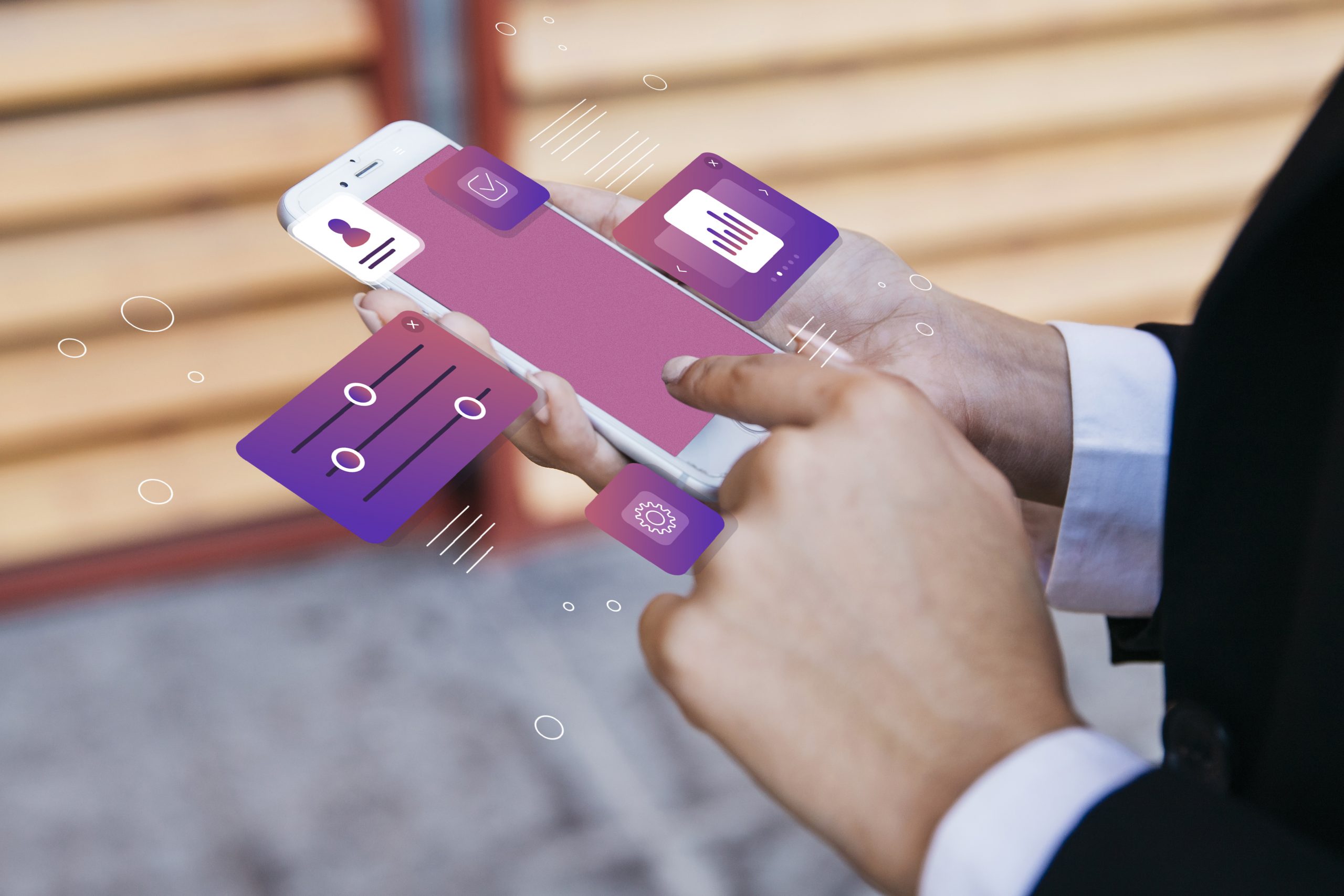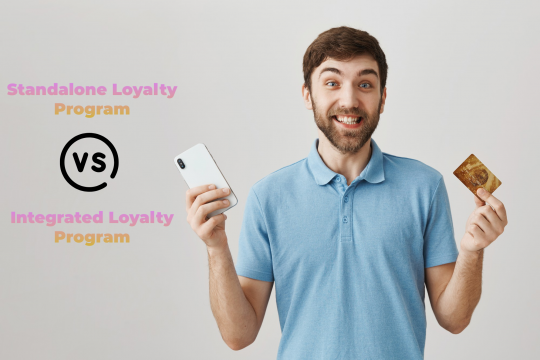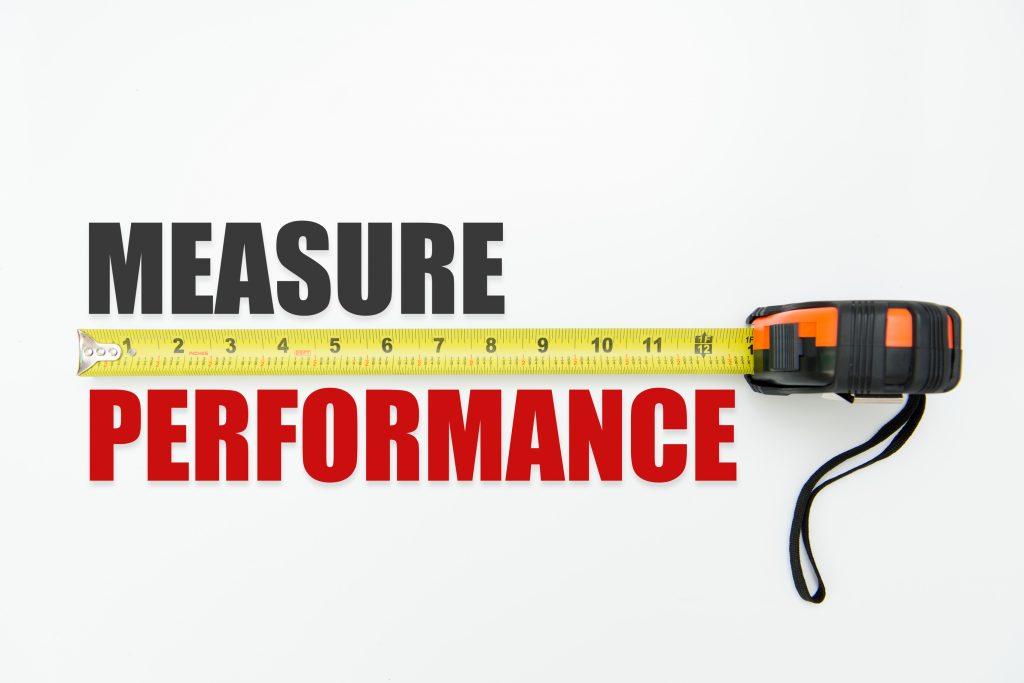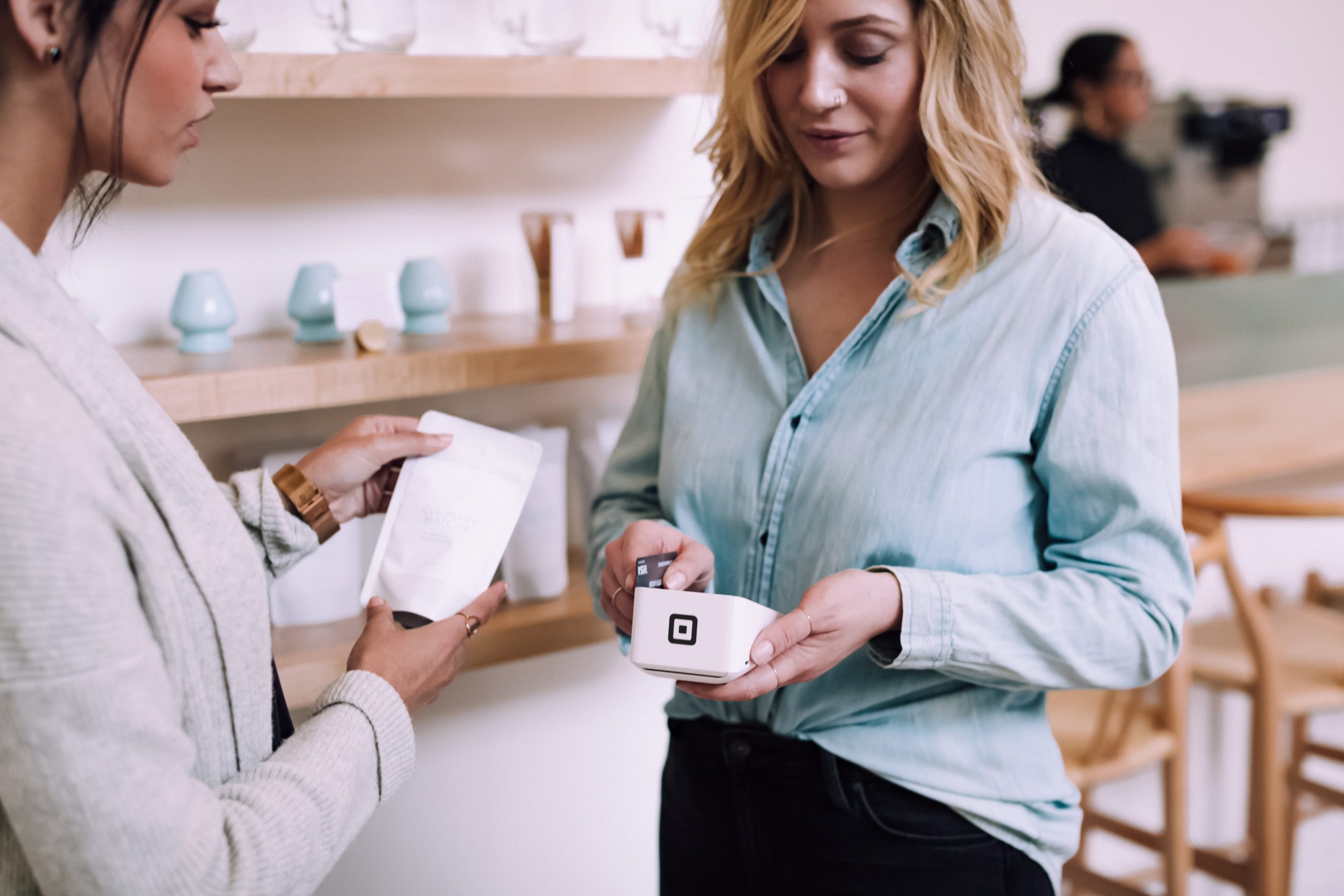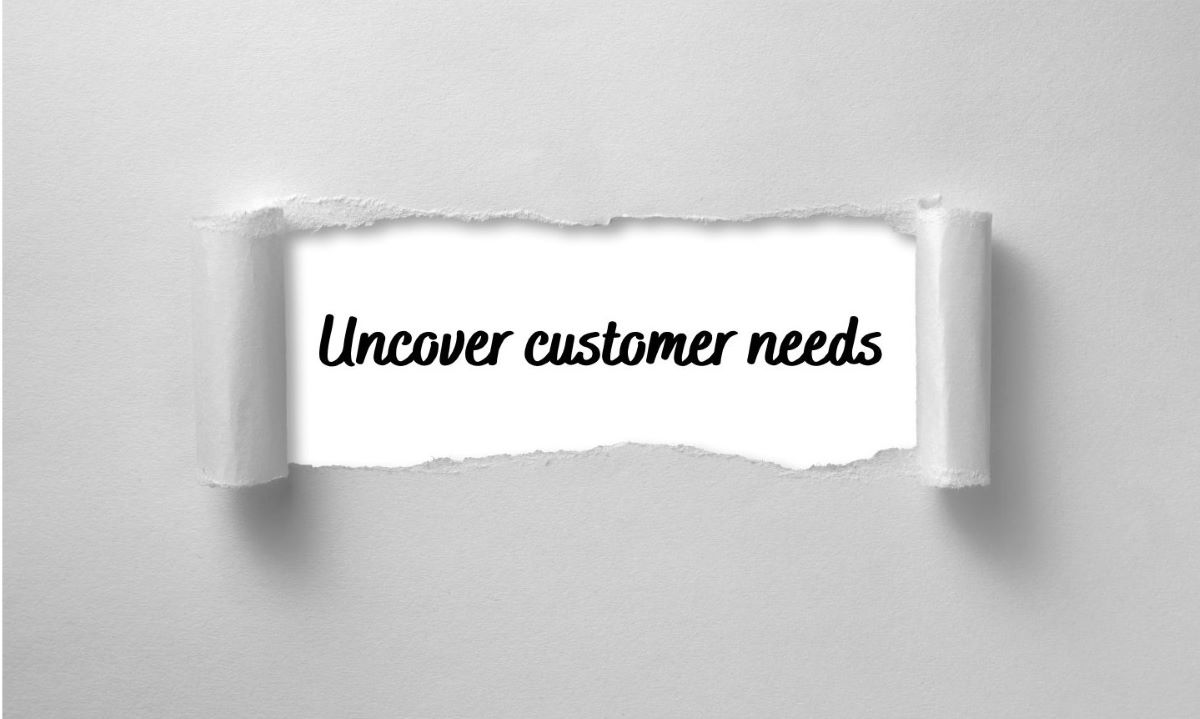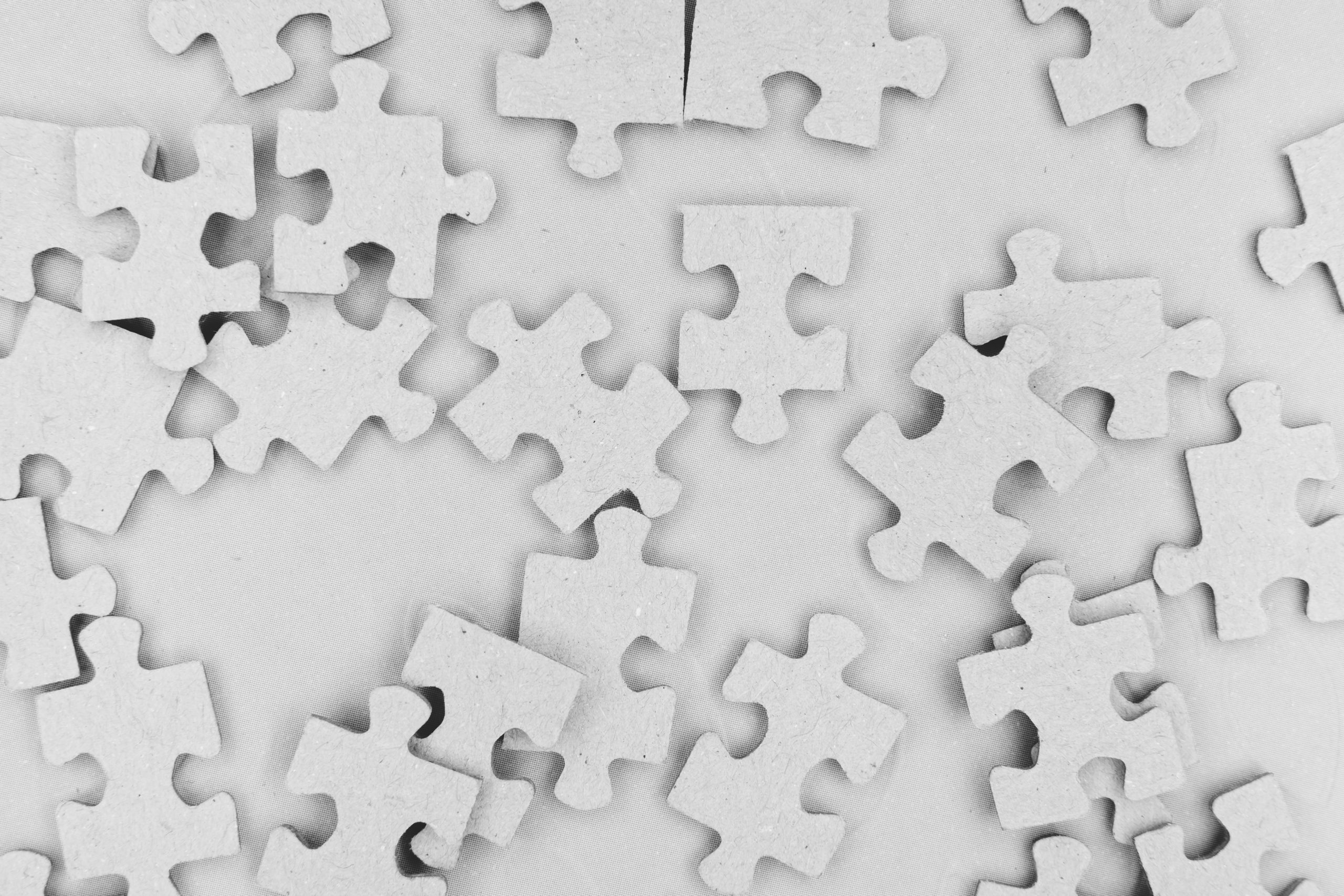Customer Loyalty: dead or just different?
 Apr 03rd, 2023
Apr 03rd, 2023
 507 views
5 MINS READ
507 views
5 MINS READ
On the grounds that customer loyalty is still a top concern for businesses and marketers all around the world. It can be said that customer loyalty is not dead, it’s just changing to keep up with the trend.
The recency, frequency, and monetary value (RFM) of customer spending are three examples of brand-centric loyalty metrics that are no longer relevant. Today, on the other hand, loyalty is all about how well your brand fits into the lives of each customer, driven by emotions.
In recent years, it won’t be enough to just show up with good products or services if you want customers to keep buying from your brand. You need to provide additional value and tailor it to each customer individually.
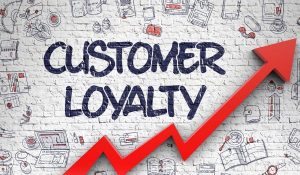
Source: Gobranding
So first, let’s examine the factors that led to the current state of customer loyalty.
Current issues with “traditional” loyalty
If they are designed well, loyalty programs are one of the most effective and cost-effective means of achieving long-term growth. However, far too many businesses have merely tweaked their established programs, which date back to a time when consumer expectations and the competitive landscape were vastly different. In crucial areas like the efficient utilization of consumer data, many do not even have the tools necessary to precisely measure the performance of their loyalty programs at the present time. For example:
- There are far too many loyalty programs to count. Some of these initiatives are successful in retaining clients and capturing a large portion of members’ cash. Many, though, do not.
- Particularly in recent years, customers have more information, convenience, and choice thanks to digital delivery and contactless purchase alternatives.
- Moreover, the pandemic of COVID-19 has produced substantial disruptions, leading to significant adjustments in consumer spending habits. Many customer relationships have been intentionally stalled.
In essence, the ways in which customers interact with companies and brands have changed with the rise of technology, and customer loyalty programs have had to adapt to these changes. For example, with the rise of e-commerce and mobile apps, many companies now offer digital loyalty programs that allow customers to earn rewards and discounts by making purchases online or through a mobile app. Additionally, social media and customer review sites have made it easier for customers to share their experiences with others, which can have a significant impact on a company’s reputation and customer loyalty.
Why customers deserve their pound of flesh in the digital era

Customers have come to expect a high level of convenience, personalization, and openness from the businesses they do business within the digital age. They are able to easily compare products and services offered by various businesses and have access to a vast amount of information. Customers now feel more in control and have higher standards for how they interact with businesses. Companies need to provide exceptional service, be responsive to customer requirements, and be transparent in their business practices in order to meet these expectations and keep customers.
In the digital age, customers also deserve their pound of flesh because they share valuable personal data with businesses. This data is used by businesses to target advertisements, personalize marketing, and improve business decisions. As a result, customers expect to be compensated for sharing their data, and businesses must respect this by being open about how they use customer data and providing compensation.
In conclusion, in the digital age, customers deserve to be slashed because they are sharing valuable personal data, they have higher expectations, and they are more empowered. Companies that don’t live up to these standards run the risk of losing customers to rivals who can better meet their requirements.
Resurrect loyalty from customers
What these predictions often fail to grasp is that brands winning in the marketplace today are those that are able to drive meaningful, active, and reciprocal relationships with their customers—something we call participation.
Old-school loyalty programs, the ones that the predictions in question portend to be “dead,” often focus on driving affinity, an early step along the Participation Curve (see illustration below). They “buy” the customer’s business by offering them added value through points in return for the transaction at hand.
Nowadays, there are a variety of ways that more progressive brands or businesses might try to “resurrect” loyalty among their customers.
- One approach could be to focus on improving the customer experience, such as by providing better customer service, offering more personalized experiences, or making it easier for customers to interact with the company.
- Another approach could be to offer incentives or rewards for customer loyalty, such as discounts, exclusive access to products or services, or other perks.
- Moreover, they can drive engagement by powering nascent personalization and offering management to tailor the proposition and timing to connect with individual members more deeply.
- Another strategy would be to establish a two-way communication with the customer, ask them for feedback, and try to listen, and understand their opinions, pain points and preferences. Try to address their issues and implement changes that cater to their needs.
- Another good way to keep customer loyalty is by having a robust loyalty program. This enables customers to earn points or rewards for purchases, sign-ups and other actions that can be redeemed for discounts, free items or special offers.
Ultimately, the key to “resurrecting” customer loyalty is to understand the needs and wants of the customer, and then to make meaningful efforts to meet those needs and exceed their expectations.
When coupled with the right strategy, customer experience, creativity, and communications, these efforts can propel advocacy (customers who are ambassadors for the brand with the people who matter to them) and identity (that the brand is a part of who they are) to optimize the highest level of participation.
Connecting everything together
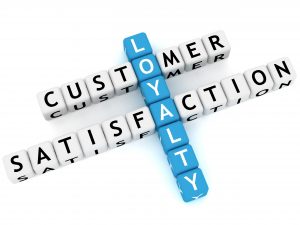
Source: Digital Clarity Group
Any customer engagement strategy or loyalty program must be based on the lifestyles of customers. Why? Our needs, both as individuals and as a society, have progressed over time from basic physiological requirements to more complex cognitive and self-actualization (emotional) requirements.
Time and money have also become much more important in this pandemic scenario. Therefore, every interaction with customers must foster trust and loyalty. Moreover, it must generate revenue.
However, you cannot expect your customers to stick around if you give them random experiences and freebies.
Your loyalty program’s structure requires a lot of work. In order to determine the value that each customer requires, one must sort through thousands of customer data points. determining their unmet requirements. As a result, you need to devise a variety of strategies to create a budget-friendly and long-lasting customer relationship with your brand.
With the help of ezLoyalty companies can transform loyalty programs from the commonplace function of a glorified, inert bookkeeper of points into a potent engine for customer engagement and revenue generation. Through hyper-personalized engagements, the platform revives loyalty and rewards programs by driving customer actions that contribute to a brand’s topline growth and encouraging customers to continuously earn and burn points.
In the experience economy, engagement, not loyalty, should take the lead. Contact us for a custom demonstration of ezLoyalty if you are looking for a platform that enables your digital and marketing teams to influence and motivate customers to take action. It will undoubtedly inspire customers to take action and reaffirm your belief in the effectiveness of loyalty programs!
 Back to blog page
Back to blog page



























